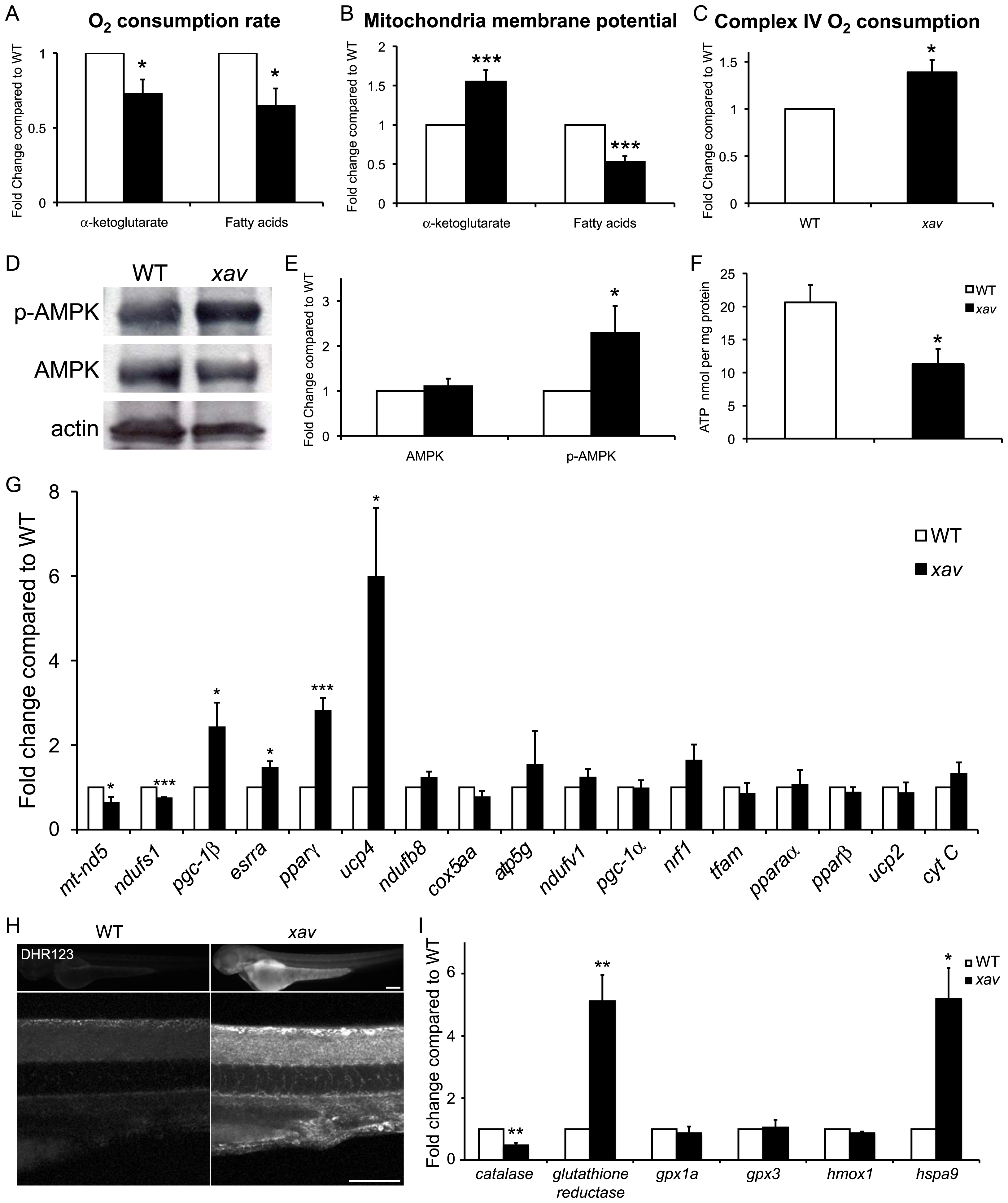Fig. 3 xav mutants exhibit mitochondrial dysfunction.
A. Measured rates of state 3 respiration supported by oxidation of α-ketoglutarate and fatty acids (palmitoylcarnitine and octoylcarnitine (each + malate)) showed a 30–35% reduction in xav mutant compared to WT embryos at ∼56 hpf (values normalized to WT; α-ketoglutarate in xav, 0.72±0.10; N = 4 experiments 50–100 embryos each; Student′s t test, * p = 0.03; fatty acid 0.65±0.10 in xav; N = 4 experiments 50–100 embryos each; Student′s t test, * p = 0.02). B. Membrane potential generated by oxidation of α-ketoglutarate and fatty acids was estimated using TMRE and spectrofluorometry, showing a 55% increase in xav compared to WT at ∼56 hpf (values normalized to WT; α-ketoglutarate xav 1.55 ± 0.15; N = 4 experiments 50–100 embryos each; Student′s t test, *** p<0.001) and a 50% reduction (fatty acids xav 0.53±0.07; N = 5 experiments 50–100 embryos each; Student′s t test, *** p<0.001). C. Measured O2 consumption rates with ascorbate/TMPD showed a 40% increase in xav compared to WT at ∼56 hpf (values normalized to WT; xav 1.39±0.13; N = 6 experiments 50–100 embryos each; Student′s t test, * p = 0.014). D–E. Western blot showed that while the total level of AMPK is unchanged in xav, the amount of activated AMPK (phospho-AMPKαThr172) protein is significantly increased. Quantification showed a 2.3 fold increase in xav mutants compared to WT embryos (values normalized to WT; xav 2.3±0.6; N = 3 experiments 30 embryos each; Student′s t test, * p<0.05). F. Levels of ATP production showed a ∼45% reduction in xav mutants compared to WT embryos (WT 20.6±2.6 nmol per mg protein; xav 11.3±2.3 nmol per mg protein; N = 9 replicates, 50–100 embryos each, Student′s t test, * p<0.05). G. mRNA levels of genes involved in mitochondrial function and biogenesis were analyzed with qRT-PCR. A ∼30–40% reduction was observed in mt-nd5 and ndufs1, and a ∼2.4, 1.5 and 2.8 fold increase was observed in pgc-1β, esrrα and pparγ in xav mutants compared to WT. Expression of zebrafish uncoupling protein 4 (fucp4) was increased ∼6 fold, while expression of ucp2 was unchanged (N = 3–4 replicates, 20 embryos each; Student′s t test, * p<0.05, ** p<0.01, *** p<0.001). H. The oxidative fluorescent dye DHR-123 was used to measure cellular superoxide production in live embryos and showed higher cellular superoxide levels in xav mutants compared to WT, especially in the nervous system, including in the spinal cord. Scale bar = 100 μm. I. Expression profile of genes known to be involved in the ROS pathway was assayed with qRT-PCR and showed a ∼50% reduction of catalase transcripts and ∼5 fold increase of glutathione reductase and hspa9 in xav compared to WT (N = 3 replicates, 20 embryos each; Student′s t test, * p<0.05, ** p<0.01).

